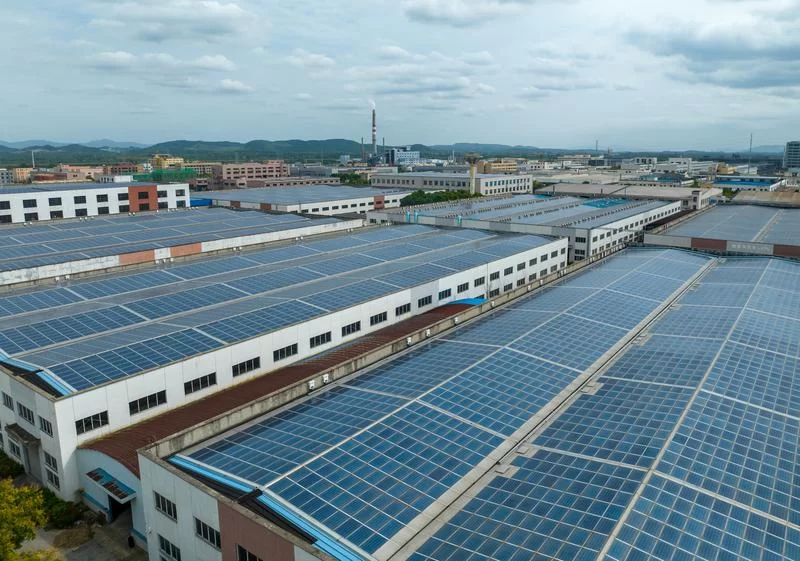The Advancements and Challenges of Solar Panels in the 21st Century
In the 21st century, solar panels have emerged as a critical component in the global pursuit of sustainable and clean energy sources. The advancements in photovoltaic technology have been remarkable, offering great promise for a greener future. However, along with these advancements come a set of significant challenges that need to be overcome for widespread adoption and long-term success.

One of the most notable advancements in solar panels is the increase in conversion efficiency. Over the years, researchers and engineers have been working tirelessly to improve the ability of solar cells to convert sunlight into electricity. This has led to the development of more efficient materials and designs. For instance, the use of perovskite solar cells has shown great potential, with efficiencies reaching levels that were once considered unattainable. Additionally, improvements in traditional silicon-based solar cells have also contributed to higher overall conversion rates.
The scalability and affordability of manufacturing processes have also seen substantial progress. Large-scale production facilities have been established, driving down the cost per watt of solar panels. This has made solar energy more accessible to a wider range of consumers and industries. Moreover, advancements in thin-film technologies have enabled the production of flexible and lightweight solar panels, opening up new applications such as in wearable devices and building-integrated photovoltaics.
In terms of integration, solar panels are now being incorporated into various structures and systems. Solar rooftops on residential and commercial buildings are becoming increasingly common, not only generating electricity but also reducing the reliance on the grid. Solar farms, both on land and floating on water bodies, are expanding rapidly, contributing to the growing share of solar energy in the overall energy mix.
Despite these advancements, several challenges persist. Cost remains a major hurdle. While the cost of solar panels has decreased significantly, the initial investment for large-scale installations can still be prohibitive for many. This includes not only the cost of the panels themselves but also the associated equipment such as inverters, batteries for storage (if needed), and installation costs.
Efficiency, although improving, still has room for further enhancement. Solar energy is intermittent, and the efficiency of solar panels varies depending on factors such as the angle and intensity of sunlight, temperature, and shading. This means that in some locations or during certain weather conditions, the output of solar panels may be less than expected.
The issue of energy storage is another critical challenge. To ensure a consistent supply of electricity, especially when the sun is not shining, efficient and cost-effective energy storage solutions are needed. Batteries are currently the most common form of storage, but they come with their own limitations in terms of cost, lifespan, and environmental impact.
Sustainability in the manufacturing process is also a concern. The production of solar panels involves the use of materials and chemicals that can have environmental implications if not managed properly. Additionally, the disposal and recycling of old or damaged panels present challenges to ensure minimal environmental harm.
Another challenge lies in the grid integration of solar energy. The intermittent nature of solar power can pose stability issues for the electrical grid. Smart grid technologies and energy management systems are needed to balance the supply and demand of electricity and ensure a reliable power supply.
Looking ahead, continued research and development efforts are crucial to address these challenges. Investments in new materials and manufacturing techniques will likely lead to further cost reductions and efficiency improvements. Advances in energy storage technologies, such as solid-state batteries or hydrogen storage, could provide more viable solutions for storing solar-generated electricity.
Public policies and incentives also play a vital role. Governments around the world can provide subsidies, tax credits, and favorable regulations to encourage the adoption of photovoltaic systems and promote research and development in the field.
In conclusion, the 21st century has witnessed significant advancements in photovoltaic panel technology, bringing us closer to a sustainable energy future. However, to fully realize the potential of solar energy, it is essential to overcome the remaining challenges through technological innovation, policy support, and increased public awareness. Only by doing so can solar panels play a dominant role in meeting the world’s energy needs while minimizing the impact on the environment.
